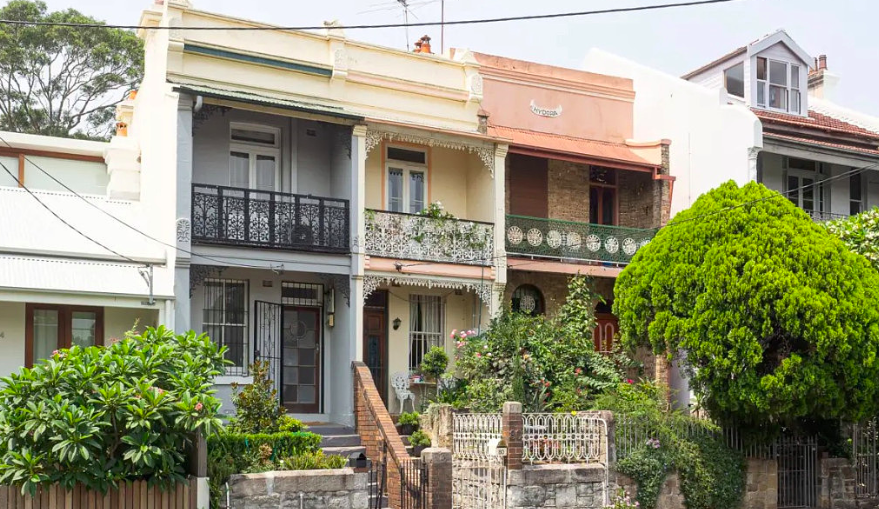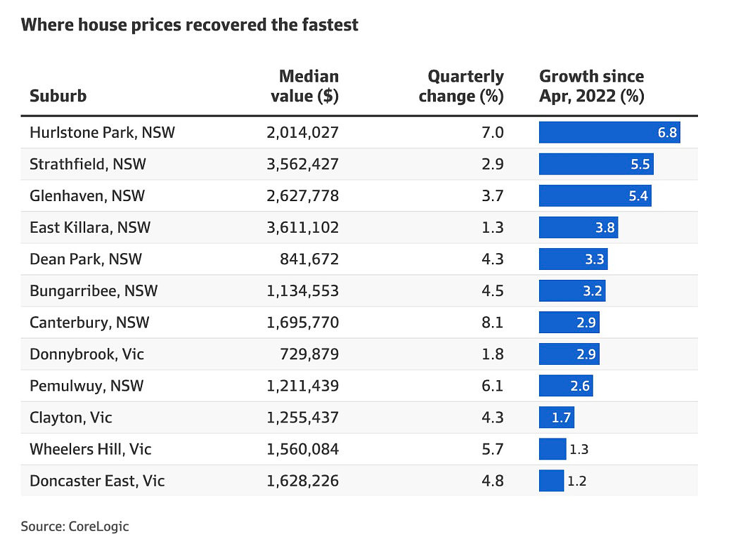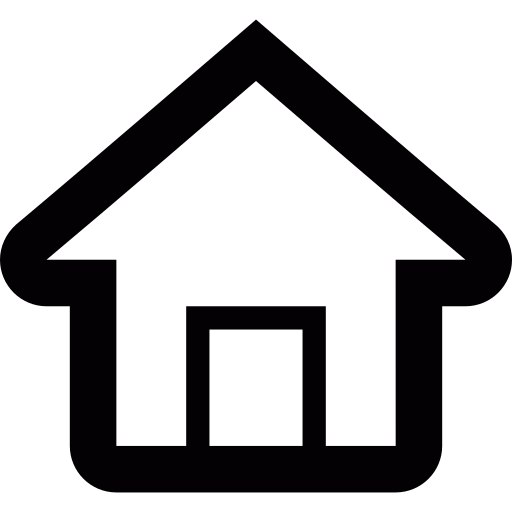Australia’s housing market valuation bounced back to $10 trillion last month, bolstered by the unexpected recovery in prices since March and a lift in the number of homes to 11 million, data from CoreLogic shows.
It is only the second time the residential property market has hit the $10 trillion milestone since records started.

“It’s pretty astounding to see the total housing value hit $10 trillion in just 14 months, which reflects the resilience of the market despite a cost-of living crisis, low consumer sentiment levels and four increases in the cash rate so far this year amid the fastest rate hiking cycle on record,” said Eliza Owen, CoreLogic head of research.
“The high interest rates and a high serviceability buffer don’t seem to be impairing house price growth.”
The estimated total value of Australia’s housing market peaked at $10.07 trillion in April last year before falling to $9.3 trillion in January. Since then, the total value has rebounded by 7.2 per cent or $672 billion to $10 trillion last month.
NSW accounted for 40.2 per cent of the country’s housing market, amounting to $4.02 trillion, Victoria has 26.1 per cent of the total value, or $2.61 trillion, while Queensland accounted for 16.6 per cent or $1.65 trillion.
The estimated value is based on the median valuation of dwellings in Australia multiplied by the number of dwellings, which is different to the home value index CoreLogic reports each month.

The six-month upturn has now offset about half of the 9.1 per cent decline racked up during the recent slump, after house prices increased by 4.9 per cent during the same period.
House values in nearly one out of three suburbs nationwide have all but recouped their losses, while unit values in more than two out of five suburbs are now higher than they were before interest rates started rising in May last year.
Across Sydney, which posted the largest peak-to-trough decline of 14 per cent, house prices in 38 out of 543 suburbs and unit values in 23 per cent of all suburbs have regained all their losses.
Inner city suburbs Hurlstone Park and Strathfield, Glenhaven in Baulkham Hills and North St Marys led the sharpest turnaround, with values rising between 5 per cent and 6.8 per cent since April last year.
In Melbourne, only six suburbs posted higher house values compared to the start of interest rate rises, but unit prices in 56 suburbs have recovered the recent losses.
House prices in Donnybrook, Clayton, Wheelers Hill, Doncaster East, Vermont South and Templestowe have all risen above pre-rate rise levels, as well as units in Parkville, Edithvale and West Melbourne.
The recent upturn has also spurred a strong turnaround in house prices in 21 per cent of all Brisbane suburbs and unit values in nearly all suburbs have risen higher than before the downturn kicked off.
Meanwhile, Adelaide and Perth largely escaped the downturn with much of their pandemic gains remaining intact.
Although the housing recovery looked entrenched, price growth momentum could slow later this year as the economy weakened, Ms Owen said.
“I think there is a risk that we could see a dip in home values towards the end of the year if the economy slows faster than expected and unemployment increases, which may create a higher degree of risk for mortgage serviceability,” she said.
“We’re expecting some heat could come out of the recent recovery trend towards the end of this year, while a more robust recovery in housing values will be limited until credit conditions loosen.”
Customer Service Manager:Michael Guo
Tel:0430680555
Email:office@ksiinvestments.com.au
Address:Suite 404, 53 Walker Street, North Sydney, NSW, 2060
General advice warning and Disclaimers
